What is Acupuncture and Eastern Medicine?
Acupuncture, or “needle therapy” (zhenjiu) as it is called in Chinese, is an ancient form of medicine which is gaining more popularity in this country for the treatment of acute and chronic pain. During a treatment, solid, hair thin needles are inserted at specific points on the body. In Eastern Medicine these points are called “neural nodes” (jie) and the stimulation of these nodes affects both the central and peripheral nervous systems. It triggers the release of the body’s internal chemicals such as endorphins and enkephalins, which have pain-relieving properties.
Will it hurt?
Is it safe?
What should I expect from my first treatment?
Your first appointment will be 1½ to 2 hours, the initial intake covers your main complaints, medical history, nutritional habits, pulse and tongue diagnosis. Usually a treatment is given, unless you require emergent care. Wearing comfortable and loose fitted clothing and eating before your treatment is best.
After the treatment has been administered, depending on the ailment being treated, many experiences may occur. Immediate, total or partial relief from pain or other symptoms may be experienced. Some people experience a sudden burst of energy, while others may feel relaxed and calm. Small localized bruises from minor bleeding under the skin are infrequent, but do occur. These are no cause for alarm and despite the cosmetic inconvenience, they actually provide a kind of bonus treatment. The re-absorption of the blood continues the stimulation of the acupuncture point even without the needle in place.
How long do the treatments take?
How does acupuncture work?
How many treatments will I need?
Will it conflict with my other medications?
Are the needles clean?
What are the differences between acupuncture and dry needling?
Due to the lack of regulation and guidelines, therapists can perform dry needling with minimal training and license.
Acupuncture involves the insertion of thin needles through your skin at strategic points on your body. A key component of Traditional Chinese Medicine, acupuncture is most commonly used to treat pain. Increasingly, it is being used for overall wellness, including stress management.
Traditional Chinese Medicine explains acupuncture as a technique for balancing the flow of energy or Qi through pathways (meridians) in your body. By inserting needles into specific points along these meridians, acupuncture practitioners believe that your energy flow will re-balance.
Acupuncture is performed by licensed acupuncturists and many states require the passing of national board certification exams and a state license.
